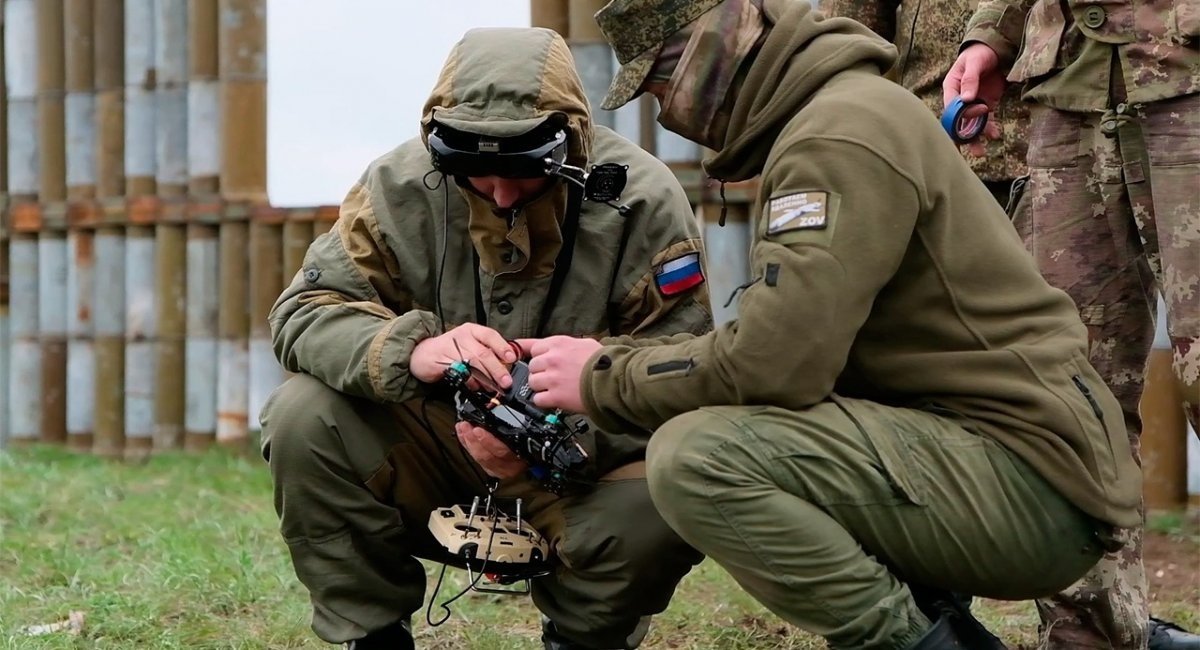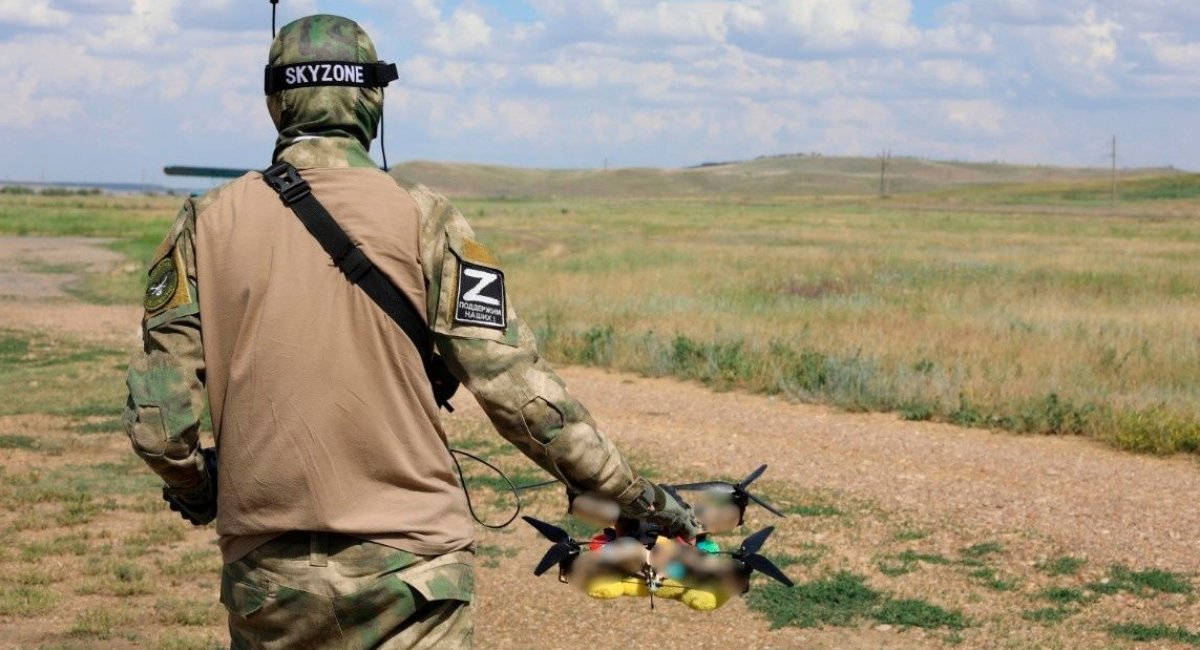Russia, for the first time, has reportedly deployed a ‘drone carrier’ to deliver FPV (First-Person View) kamikaze drones deep behind Ukrainian lines.
On September 16, Russian military blogger Yuri Podolyaka, citing eyewitnesses within the Ukrainian Armed Forces, reported the incident, signaling a new and potentially significant development in Russian drone warfare tactics.
According to Ukrainian sources, the Russian military hit a Ukrainian unit with FPV kamikaze drones launched from a reusable ‘mother UAV’ approximately 40 kilometers behind the front line.
The carrier drone performed visual reconnaissance, served as a control and video repeater, and also served as a delivery system.
It enabled smooth communication with the attacking drones by acting as an aerial relay, even in areas where Ukrainian trench-based electronic warfare (EW) systems normally jam or interfere with such operations.

A Ukrainian source said (machine translated), “The Russians hit our unit with FPV drones, which were delivered by a reusable mother UAV, at a distance of 40 kilometers from the front line. The mothership drone conducted visual reconnaissance and directed the FPV to attack. It also functioned as a control and video repeater. The proximity of the relay Queen (mothership drone) to FPV reduces the effectiveness of electronic warfare to zero.”
This marks one of the first recorded instances of the Russian military using a mothership to deploy FPV drones over such a long range.
Russian media also confirmed that the ‘drone carrier’ carried out several critical functions. Besides delivering drones to the attack site, it conducted visual reconnaissance and acted as a relay for control signals and video communication. This enabled operators who were far out of the strike zone to keep control.
The ‘queen’ drone, flying closer to the battlefield, can position itself to maintain a stable connection with the FPV drones, ensuring they remain effective even in complex situations.
This allowed the FPV drones to strike deep into enemy territory, overcoming their limitations of short-range and unreliable communication links during low-altitude terminal attack runs.
The mothership drone can significantly improve the operational effectiveness of the FPV drones by acting as a delivery system and data-link node.
Defense analyst and Indian Air Force veteran Vijainder K Thakur noted, “The drone carrier concept represents a significant development in drone warfare technology. By acting as both a carrier and a relay station, the mothership drone can significantly increase the effective range of the kamikaze FPV drones.”

Russia Advances Drone Carrier Technology
Russia has been pushing forward with the development of drone mothership technology, but the specific model used in the recent attack remains undisclosed.
However, in October 2023, reports surfaced about Russia’s SvyazSpetszachita promoting the “Admiral” VTOL (Vertical Take-Off and Landing) drone carrier, which can transport two FPV (First-Person View) drones across distances of up to 400 kilometers.
The Admiral drone is designed for a four-hour flight endurance and cruising speeds of 120 kph. Its payload capacity is 10 kg, and it can carry two “Fighter-7” quadcopters, each capable of carrying a 2 kg load and operating within a range of 6.5 km.
Future iterations of the Admiral are expected to carry up to four FPV drones, expanding its strike capability.
The Admiral’s control mechanisms are driven by advanced digital systems, and its capabilities for target identification and object recognition are augmented by a vision system that utilizes neural network technology. This sophisticated AI-driven feature enables the drone to identify and engage enemy targets effectively.
At that time, videos shared online showcased the Admiral drone’s design, featuring a traditional aircraft body with a nose-mounted propeller and four lift rotors on mid-wing booms.
https://twitter.com/THEEURASIATIMES/status/1835983969264738699
The footage demonstrated the drone’s vertical takeoff using battery-powered rotors, with its internal combustion engine providing horizontal flight.
While in flight, the Admiral released its payload—an FPV kamikaze drone—to execute precision strikes on enemy targets. The combustion engine also recharged the quadcopter’s batteries mid-flight, ensuring a smooth return.
Following the deployment of the FPV drones, the Admiral continued to function as a relay, maintaining stable communication between the kamikaze drones and their operators over long distances.
Earlier this year, a mothership drone called Pchelka was also showcased. However, reports suggested it was too heavy and lacked the necessary speed for effective battlefield use. Consequently, they opted to develop a new model designed specifically for launching FPV drones.
More recently, the Russian company LLC SPC BERKUT announced that it has developed the Burya-20 mothership drone, designed for launching FPV drones, and has allegedly commenced small-scale production of this new model.
Meanwhile, during a May meeting with President Vladimir Putin, Colonel Denis Malakhov of Russia’s 24th OBRSpN Guard underscored the importance of developing UAV carriers like the Admiral.
These devices increase the drone’s operational range and shield operators from enemy countermeasures that seek to locate the drone’s control signals.
However, the leap in drone warfare technology comes with high costs. The Admiral drone, for example, costs 7.2 million rubles ($74,000), making it a more expensive tool than traditional drones.
This cost may limit the deployment of such systems on a large scale, reducing some of the affordability benefits typically associated with drone warfare.
Although the drone mothership concept presents significant tactical advantages, its implementation may encounter financial obstacles, which could affect the wider availability of these cutting-edge platforms.
- Contact the author at ashishmichel(at)gmail.com
- Follow EurAsian Times on Google News




